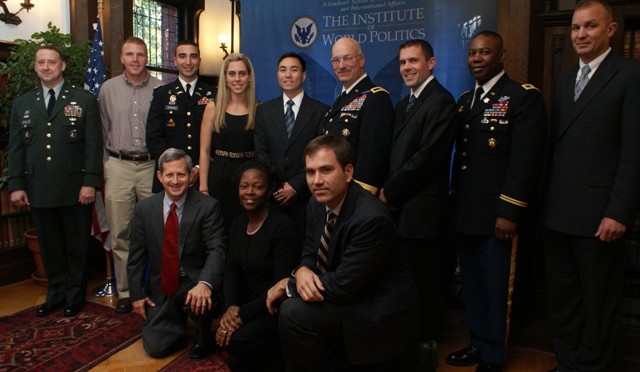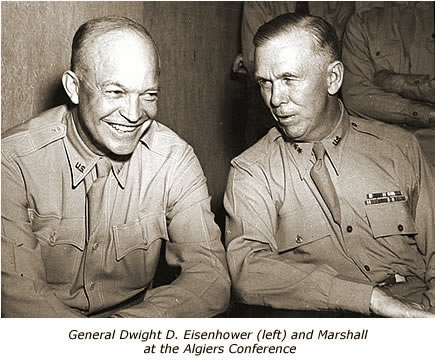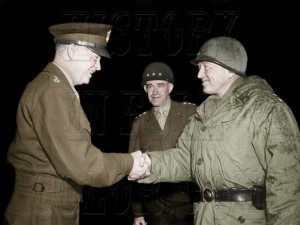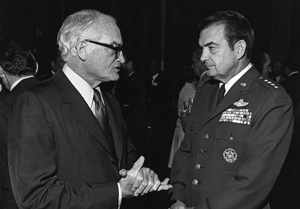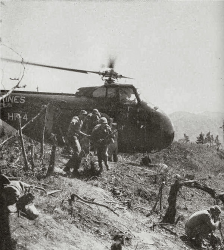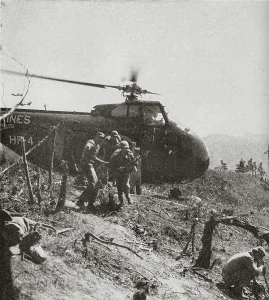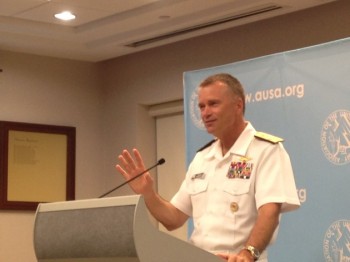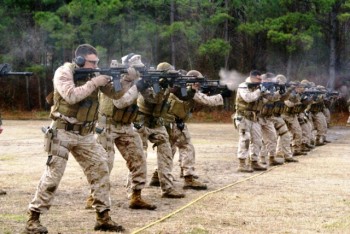By: Bowen Vernan, Navy Helicopter Pilot
In May 2013, Chief of the Army, General Ray Odierno stood in a small DC area ballroom in front of a few dozen graduates and their families. Central to the crowd were several Army Captains and recently minted Majors as well as the 2013 Class of the Institute for World Politics. General Odierno and the US Army were both familiar friends with IWP, having participated in speaking engagements and sending dozens of students through the tiny graduate school nestled in an old mansion on the outskirts of Dupont Circle in Washington, DC. IWP’s faculty of approximately 30 instructor-practitioners are all leaders in their diverse field of expertise. At no other institute of learning is such a small group constituted of Generals, Ambassadors, and former Intelligence Operatives. The high caliber of experience brought together by the instructors drives the school to focus in a few key areas. IWP’s majors are limited to Master’s Programs is the fields of Statecraft and National Security Affairs, Statecraft and International Affairs, and Strategic Intelligence Studies with an additional Executive M.A. in National Security Affairs.
In a city filled with storied centers of learning such as Georgetown University, George Washington University, and countless military and intelligence centers of excellence, why has the Army invested their time and money in a school of less than 150 students? The Army has simply adopted IWP as a vehicle for training their Officer Corps in a way that no other military or civilian institution can currently supply. Beyond the ever present push for inter-service “jointness” IWP takes the Army’s mid-level leaders to a new level of inter-agency understanding and cooperation. The broad array of government leaders is seen not only in the staff, but also the student body of IWP. A typical class, consisting of only a handful of students could contain of a Captain from the US Army, an analyst from the CIA, and a Foreign Service officer from the State Department, all instructed by a retired Air Force General, Intelligence Community Professional, or former member of the National Security Council to learn the lessons of the past and together share ideas using every facet of the United States Government’s foreign policy resources. In an environment where fiscal resources are being stretched ever thinner among all government agencies, the Army has used IWP as a planning lab for learning how to better achieve mission goals by employing the resources and expertise of all government agencies. Following their time at IWP, many Army graduates are able to take their newfound understanding of inter-agency capabilities and jointness to forge the future of a more integrated and more capable US Army and US Government. It is clear that the Army has found a unique and invaluable resource in a government focused melting pot of higher education. However, the US Army is currently the only branch of the US Military that sends active duty officers to be among the ranks of the student body of this particular school. If the Army has found value from this program, why have the other services not followed the Army’s lead?
The US Army has recognized the importance of strategically focused professionals since the creation of the Functional Area (FA) 59 designation for Strategic Planning and Policy Officers. The Navy is starting to realize a need for a similar expertise to the Army’s FA 59 program. Making strides to create a new US Navy skill set, the Naval War College has recently begun its inaugural year of a Naval Strategy program. While the program is a first step in creating a corps of strategically thinking Naval Officers, it appears to be limited in scope and lacks a “full government” approach. To be prepared for the future of warfare, US Navy military planners will need to be familiar with the realms of conflict that reach far beyond naval engagements and sea power to remain effective.
It is my belief that the US Navy faces an additional hurdle in its pursuit of a strategic level expertise: the stigma that in order to remain relevant an officer must remain tactical. As a junior officer, I have seen my role as a tactical asset in the aviation community quickly diminished by the ever present budget cuts and the ever expanding age of unmanned aerial vehicles fulfilling every role from air-to-air combat to airborne vertical replenishment. However, when I attempted to look to the future and the Navy’s need to focus strategically, I quickly discovered that even inquiring how to shape the next generation of war fighter was frowned upon by the operational environment.
While the US Navy will always have a need to build young officers to sharpen the “pointy end of the spear”, an equal value must be placed on sharpening the young ingenious minds which will shape the strategic picture needed to effectively employ the Navy’s spear alongside the CIA’s arrows and the State Department’s shield in order to maintain America’s role as the preeminent foreign policy leader.

